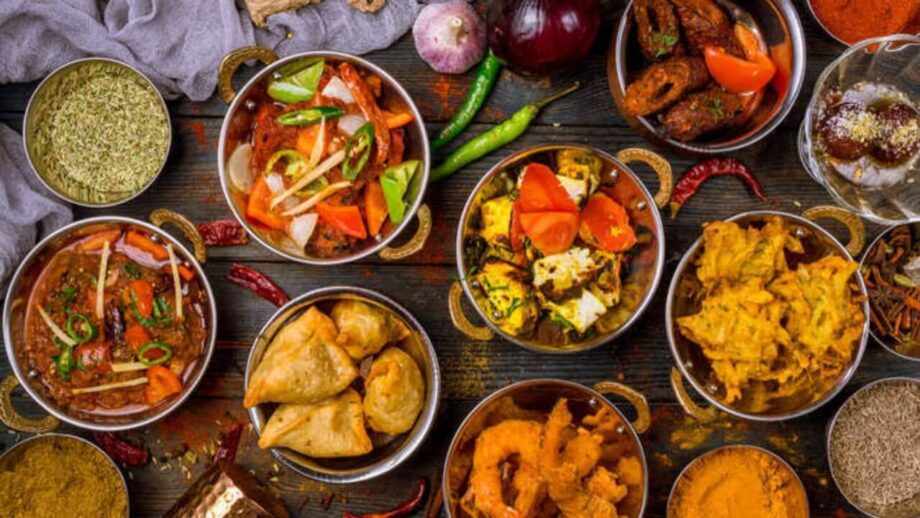Punjab is a place of rivers, enormous agricultural fields, enormous people, and, most intriguing, delectable cuisine. Sarson Da Saag, Tandoori Chicken, Shami Kebab, Makki di Roti, and more popular Punjabi dishes are loved by food enthusiasts throughout. The state’s culinary traditions are straightforward, uncomplicated, yet unusual in their own right.
Along with its wide vegetarian and meat dishes, Punjabi cuisine is renowned for its rich, buttery flavors. Its wide variety of foods is one of its key selling points. Restaurant-style food uses a lot of butter and ghee. While certain foods are consumed every day, others are prepared just on special occasions. Here are meals you must try if your mouth is watering.
The Amritsari Kulcha
Amritsari Kulcha, a proud member of Punjabi cuisine, might be said to be a regional version of the well-known naan. The dish, which comes in several varieties including Aloo Kulcha, Masala Kulcha, Paneer Kulcha, etc., is well known for its spicy flavor and crispy texture. Typically, it is consumed with chhole or chana and a glass of lassi.
Makki di Roti with Sarson ka Saag
Sarso ka Saag with Makki di Roti, a meal frequently consumed in Punjabi homes, especially in the winter, is a marriage made in heaven. It’s a filling supper that’s typically eaten with jaggery, white butter, or ghee. The body receives all the vital nutrients it needs during the winter as a result.
Lassi
Lassi is perhaps the most popular beverage in Punjab and many other regions of North India, and it appeals to everyone’s taste buds. Although there is a saltier variant of it, it cannot replace the sweet one. Typically, it is served in enormous glasses and richened with cream or white butter on top.
Bhature Chhole
Chhole Bhature, one of the most well-known meals that Punjab is famous for, is a culinary treat. The Bhature varies from a typical poori since they are made with flour and milk rather than wheat flour. The dish is served across Punjab.

